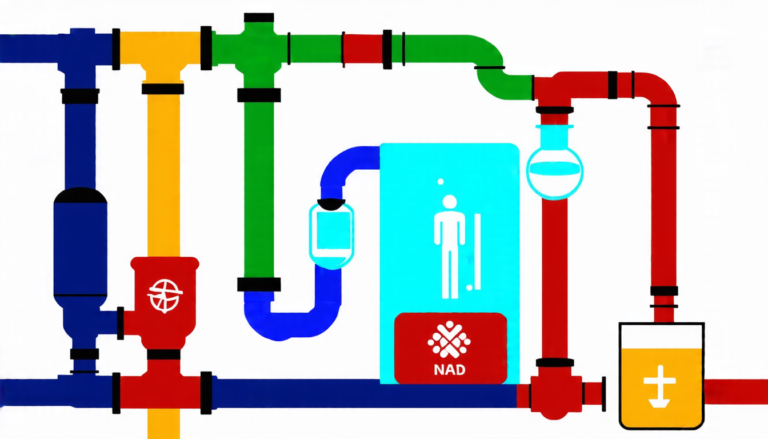Sunday 20 April 2025
Watermarking techniques, used to verify the authenticity of digital images, have been shown to be vulnerable to attacks that manipulate the noise patterns in the image. This discovery highlights the importance of developing robust watermarking methods that can withstand various forms of manipulation.
Researchers have demonstrated the effectiveness of Tree Ring Watermarking, a technique that embeds a unique pattern into an image’s noise latent space. However, this method has been found to be susceptible to attacks that alter the noise patterns in the image. The study revealed that even small changes to the noise patterns can significantly compromise the watermark’s detectability.
The findings suggest that the development of robust watermarking methods is crucial for ensuring the authenticity and integrity of digital images. This is particularly important in industries such as art, photography, and architecture, where the value of a work is often tied to its provenance and authenticity.
One approach to achieving robust watermarking involves using diffusion models, which simulate the process of noise addition to an image. By incorporating these models into the watermarking process, researchers have shown that it is possible to create watermarks that are more resistant to attacks.
The study also highlights the importance of understanding the underlying mechanisms of watermarking and noise manipulation. By analyzing the behavior of different noise patterns in response to attacks, researchers can develop more effective strategies for protecting digital images from tampering.
In addition to its practical applications, this research has implications for our understanding of the role of noise in digital image processing. The study demonstrates that noise is not simply a byproduct of the imaging process, but rather an integral component that can be leveraged to enhance the security and authenticity of digital images.
The development of robust watermarking methods will require continued advances in our understanding of the complex interactions between noise patterns, image processing algorithms, and attacks. However, the potential benefits of such advancements are significant, as they could enable the secure verification of digital images across a wide range of industries and applications.
Cite this article: “Unlocking the Secrets of AI-Generated Images: A Study on Watermark Detection and Reconstruction in Diffusion Models”, The Science Archive, 2025.
Digital Image Watermarking, Noise Patterns, Authenticity Verification, Robust Methods, Diffusion Models, Noise Manipulation, Digital Image Processing, Provenance, Art, Photography, Architecture







